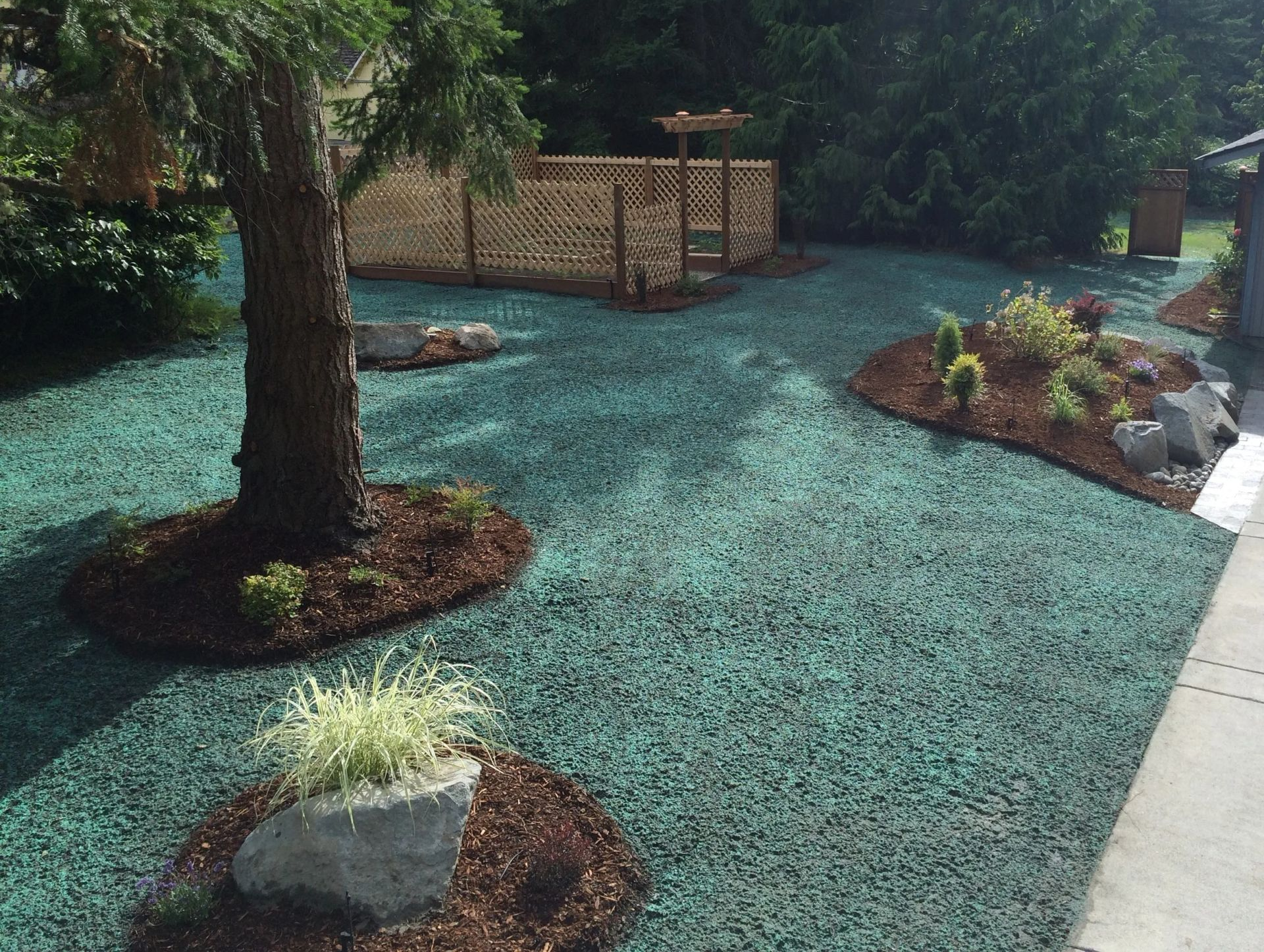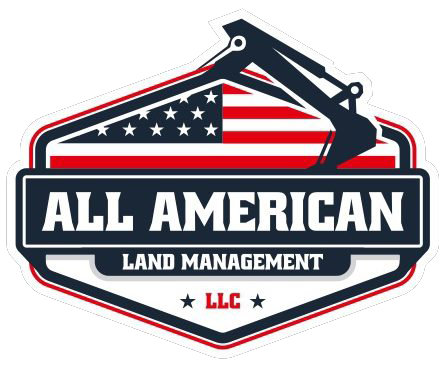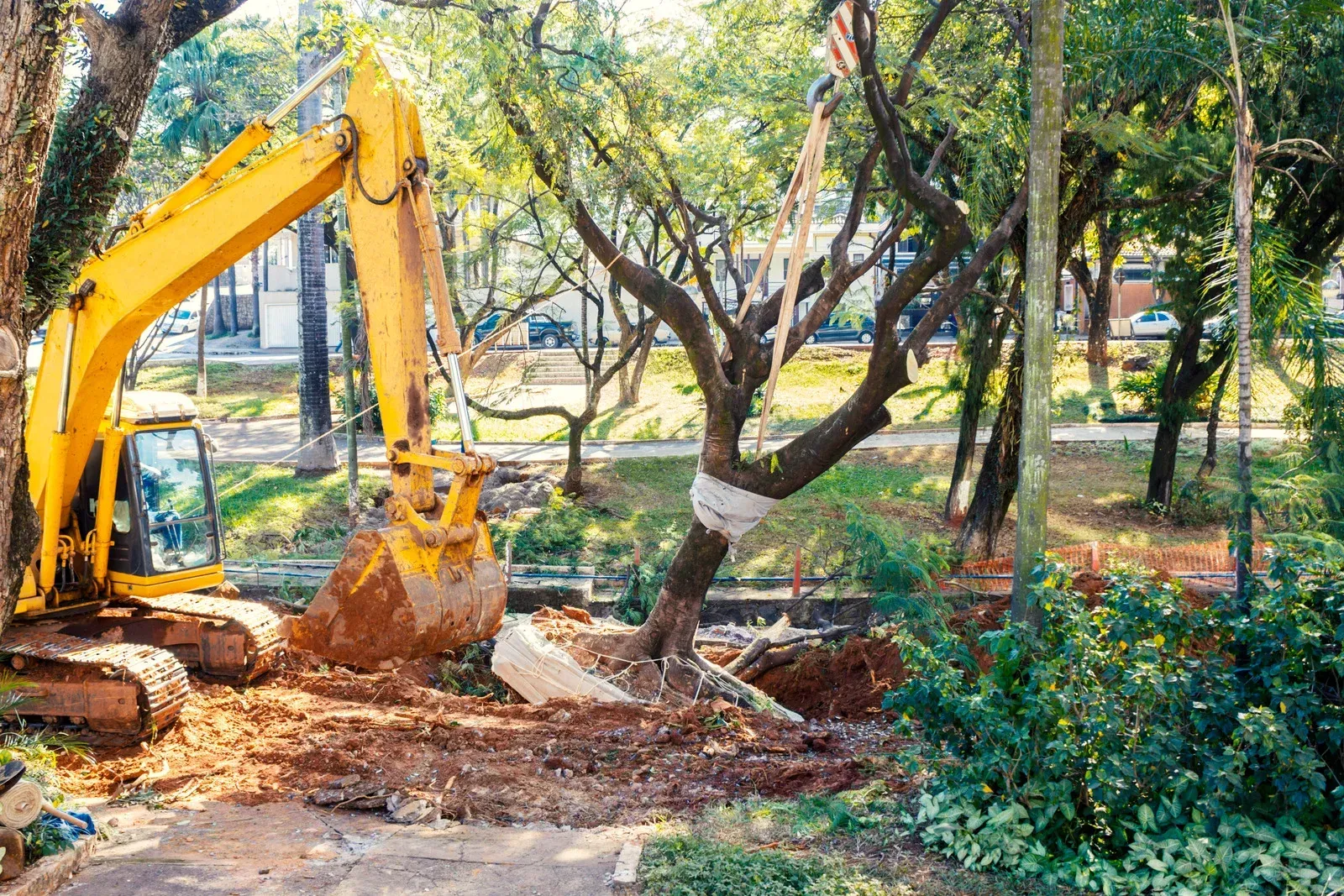Land Clearing vs. Forestry Mulching: What’s Right for Your Project?
When preparing land for development, agriculture, or aesthetic improvement, choosing the right method for vegetation removal is a critical first step. Two of the most commonly used approaches are land clearing and forestry mulching, each offering distinct benefits depending on the project’s goals, terrain, and environmental factors. Understanding how these methods differ—and when to use each—can help you make informed decisions that save time, preserve resources, and align with long-term land use plans. Whether you're managing a residential lot or a larger commercial tract, the right land management technique is key to achieving a clean, usable, and sustainable site.
1. Land Clearing: Complete Vegetation Removal
Traditional land clearing involves the total removal of trees, brush, stumps, and root systems. This method is ideal for projects that require a completely cleared site, such as construction, grading, or farming. Heavy equipment like bulldozers and excavators are typically used. While effective, this approach can disturb the soil significantly and often requires debris hauling.
2. Forestry Mulching: Eco-Friendly Surface Clearing
Forestry mulching is a less invasive method that uses specialized machinery to grind trees and vegetation into mulch on-site. Instead of removing roots or disturbing topsoil, this technique preserves soil integrity and adds organic matter back into the ground. It's perfect for clearing underbrush, creating trails, or managing overgrowth while supporting erosion control and habitat preservation.
3. Project Scale and Site Accessibility
Land clearing is better suited for large-scale developments or when building infrastructure that requires a blank slate. However, if the property has limited access, uneven terrain, or environmentally sensitive areas, forestry mulching offers a more flexible and low-impact alternative. Its single-machine operation can navigate tighter spaces without the need for multiple types of equipment.
4. Cost, Time, and Environmental Impact
Forestry mulching generally requires less labor and fewer machines, which can reduce costs for smaller or maintenance-focused projects. It also eliminates the need for hauling debris off-site. Land clearing, while faster for large jobs, often includes added expenses for grading, erosion control, and cleanup. Forestry mulching is also more environmentally sustainable, making it a preferred method for eco-conscious property owners.
Selecting the right land management method depends on the specific requirements of your project. If your goal is a completely cleared, build-ready site, traditional land clearing is the practical choice. If you’re looking to control vegetation, improve land aesthetics, or maintain natural balance, forestry mulching offers an efficient and eco-friendly solution. Consulting with professionals can help match your goals to the best approach.
All American Land Management LLC, located in Seffner, FL, has over 10
years of experience delivering expert land clearing and forestry mulching services. Our team evaluates your site and project goals to provide the most effective, sustainable solution, ensuring safe and efficient land management for residential, commercial, and agricultural properties.


